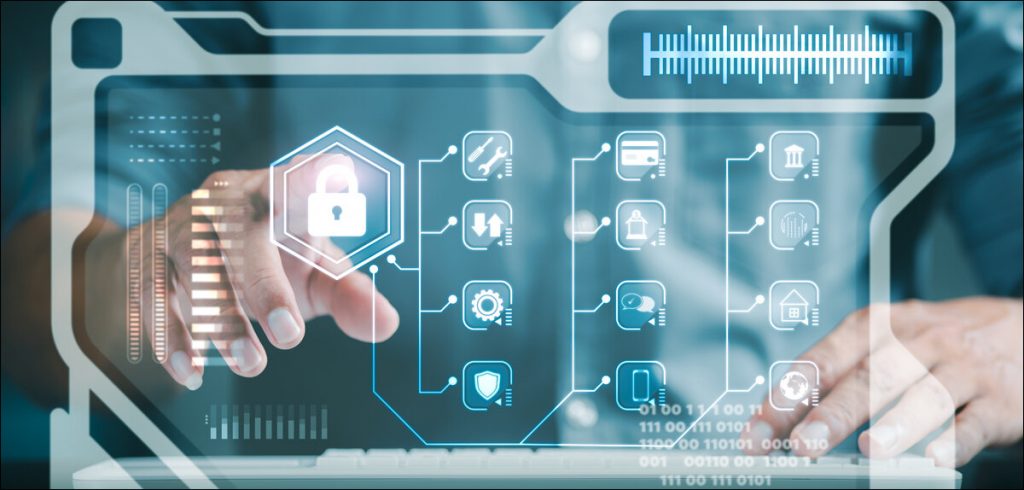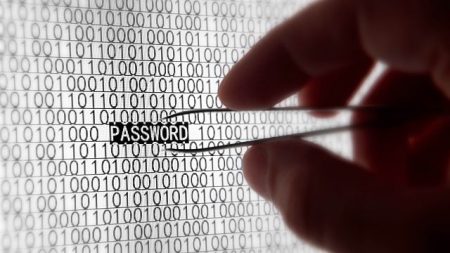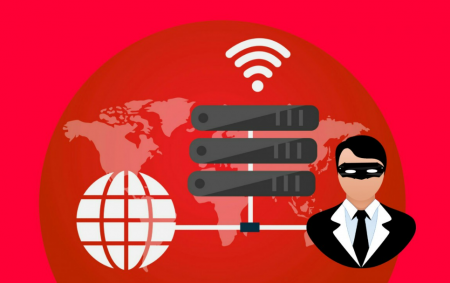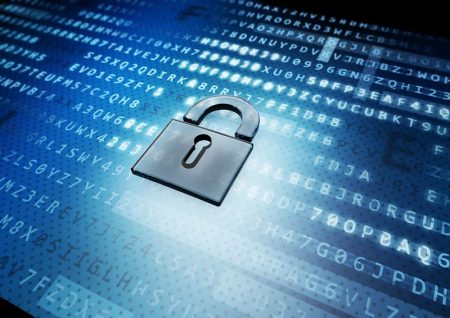Multi-factor authentication (MFA) protects your online accounts and sensitive information. It adds an extra layer of security beyond just using a password. Want to know how?
Multi-factor authentication (MFA) protects your online accounts and sensitive information. It adds an extra layer of security beyond just using a password.
Want to know how?
Here’s a guide to follow to implement MFA effectively for enhanced security.
What do we mean by multi-factor authentication?
On implementing multi-factor authentication, you are required to provide two or more verification factors to access any account. If you think MFA uses just a string of passwords, you are wrong. You’ve got to prove your identity through multiple methods. These methods usually fall into three categories: something you know, something you have, and something you are.
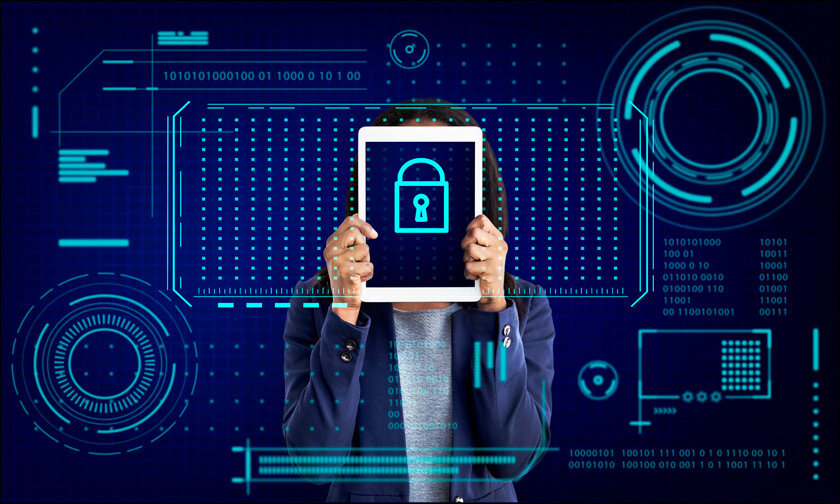
The three types of multi-factor authentication
Type 1—Something You Know: Here, you are asked to include a password, personal identification number (PIN), code word, or a secret handshake. Anything that you can remember and execute through typing, saying, or performing.
Type 2—Something You Have: This can be a smartphone, security token, universal serial bus (USB) device, or smart card.
Type 3—Something You Are: Here, you are asked to add any of the biometrics for verification, such as fingerprints, palm scanning, retina/iris scans, or facial recognition.
Why would you need to use multi-factor authentication?
MFA intensifies your online security dramatically. So, even if a hacker gets hold of your password, they cannot access your account without the second factor. This makes MFA an effective shield to protect sensitive data. It also safeguards your digital accounts against the risk of unauthorized access.
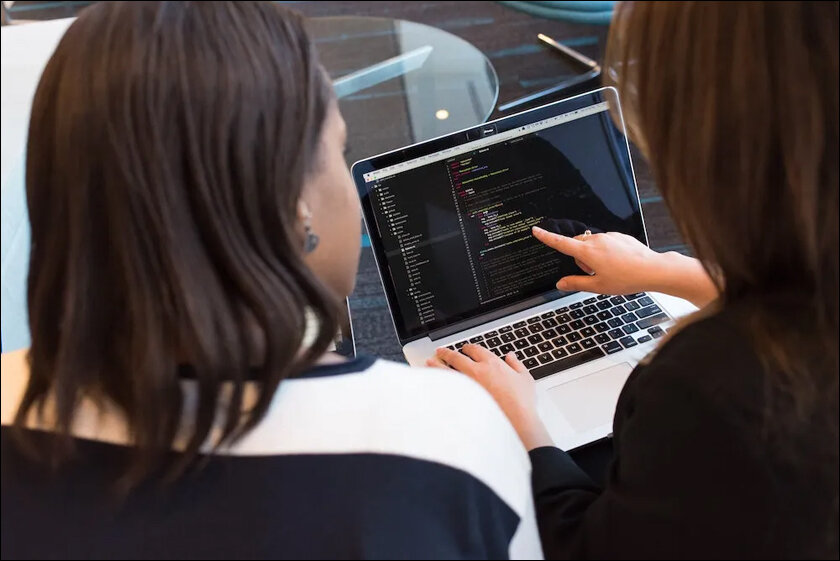
What are the steps of using multi-factor authentication?
1. Assessing your requirements
Determine which of your systems and accounts require MFA. You would always want to focus on those with sensitive information. You can prioritize high-value assets like email accounts, financial services, and administrative accounts.
2. Choosing an MFA method
You have to choose the following type of MFA as per your needs.
- SMS codes: Wherein you will receive a text message with a code
- Authenticator applications: Where you can use an application like Google Authenticator or Authy for generating time-based codes
- Hardware tokens: Where you can use your physical device that generates or displays codes
- Biometric factors: Where you use fingerprint readers or facial recognition
3. Setting up MFA for your accounts
It is very easy to set up MFA for your accounts:
- Logging in: Begin with accessing the account settings or security section of the service you want to secure.
- Finding MFA settings: Then, look for options for multi-factor or two-factor authentication.
- Choosing the method: Select the preferred MFA method from the available options.
- Following instructions: Follow the service’s instructions to link your chosen method. This may involve scanning a QR code or entering a verification code sent to your device.
- Testing the setup: You can finally ensure that MFA is working correctly by logging out and logging in. You will have to verify that you are prompted for the additional authentication factor.
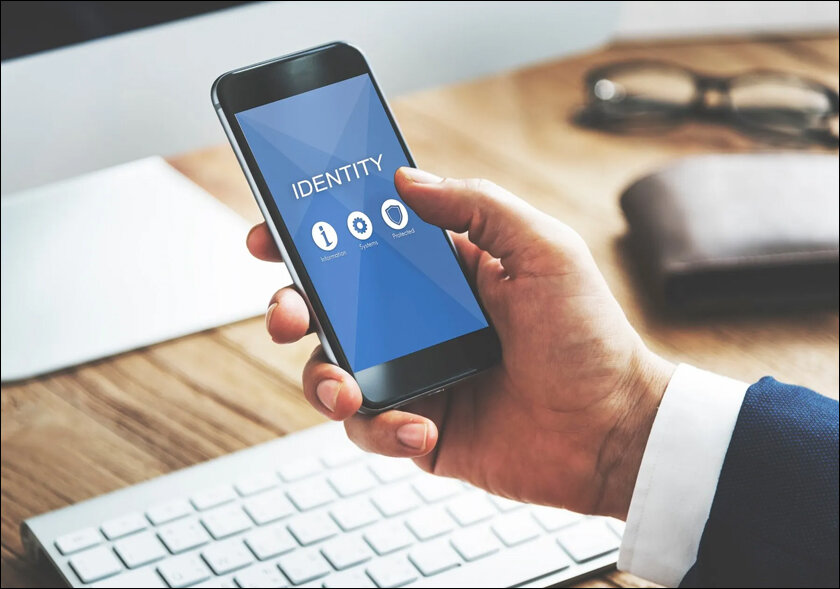
4. Educating your users
You must make sure that all users understand why MFA is important and how they can use it. For this, you train them on setting up MFA. Your users must also know how to troubleshoot common issues with MFA. You must ensure that your users know how to handle situations where they might lose access to their second factor, like a lost phone.
5. Monitoring and reviewing MFA-related activities
You must review and update your MFA settings regularly. You must ensure that all accounts continue to use MFA and that your users have not disabled it. Monitoring access logs for any unusual activity is important. You must always keep yourself updated with MFA methods and technologies to enhance your security.
6. Planning for recovery
Always have a plan for recovering access. What if a user loses their MFA device! Most services have in place recovery options like backup codes or secondary contact methods. You should always make sure that you have a process for verifying identity and restoring access securely.
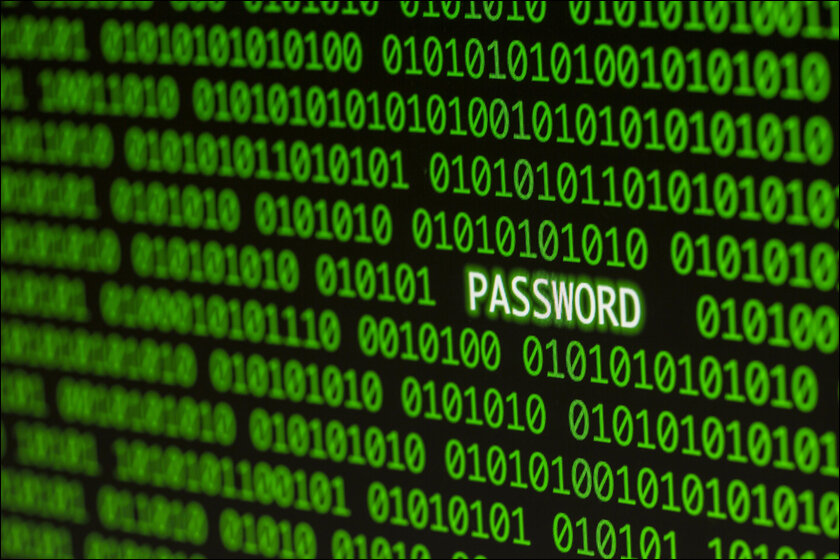
What are the best practices to implement multi-factor authentication?
- Using strong methods: You can prefer methods like authenticator applications or hardware tokens over SMS codes. SMS are less secure because they can be intercepted.
- Securing backup codes: Backup codes can help you regain access if you lose your primary MFA device. You can use a password manager to store and manage passwords securely.
- Updating your MFA setup regularly: Periodically review your MFA setup and update it as needed. You can always try and adopt new, more secure methods if and when available.
- Consistency: You should implement MFA across all accounts and systems. You should not limit it to only high-profile accounts.
Implementing multi-factor authentication is an essential step in safeguarding your digital assets. As we discussed above, MFA is a lot more than just a password. It adds a lot of security to your accounts. It is really easy right from the start—assessing your needs and selecting the appropriate MFA method, setting up MFA for your accounts, educating users, and continuously monitoring and reviewing your setup.
So, it is worth concluding that your digital assets need MFA!
In case you missed:
- Common Data Protection Mistakes Businesses Must Avoid
- The Importance of Cyber Hygiene: Ten Common Practices for Users
- Zero Trust Security
- Safeguarding Remote Workforce: Data Protection Measures
- Securing the Digital Transformation Journey: Cybersecurity Pitfalls to Avoid
- AI-Powered Cybersecurity: How Machine Learning is Revolutionizing Threat Detection
- The Human Element: Why Security Awareness Training is Critical for Every Organization
- How to Secure Your DevOps Pipelines?
- Compliance and Data Protection: Navigating Complex Regulatory Landscapes
- Data Classification and Risk Assessment: Foundations for Effective Data Protection



